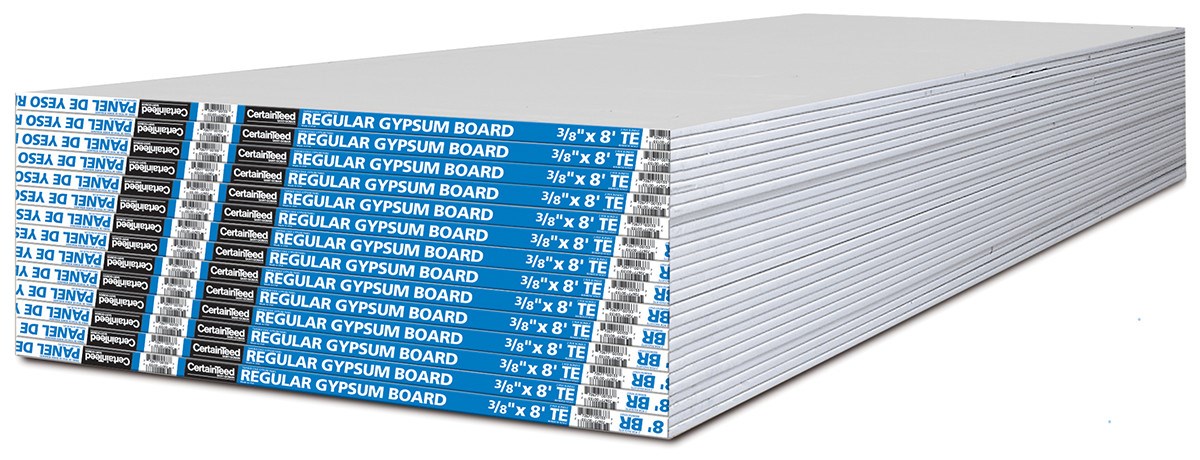uPVC cladding has gained immense popularity in the construction industry due to its durability, low maintenance, and aesthetic appeal. However, what lies behind this versatile material is often overlooked. In this blog post, we will explore the various elements that should be considered when installing uPVC cladding, ensuring a successful and long-lasting application.
- Insulation:
One crucial aspect to consider when installing uPVC cladding is the insulation material placed behind it. Insulation not only enhances energy efficiency but also provides soundproofing benefits. Options such as mineral wool, expanded polystyrene (EPS), or polyisocyanurate (PIR) boards can be used to improve thermal performance and reduce heat loss. - Moisture Barrier:
To protect the underlying structure from moisture damage, a moisture barrier should be installed behind the uPVC cladding. This barrier prevents water infiltration, condensation, and mold growth. High-quality vapor-permeable membranes or breathable insulation materials can effectively manage moisture, ensuring a healthy and durable cladding system. - Ventilation:
Proper ventilation is essential to prevent the buildup of moisture and maintain a healthy indoor environment. Incorporating ventilation behind uPVC cladding allows air circulation, reducing the risk of condensation and potential damage to the structure. Ventilation options include cavity wall systems, weep holes, or the use of breathable insulation materials. - Structural Support:
uPVC cladding requires a sturdy and stable substrate for installation. Depending on the building's structure, various options can be considered, such as timber battens, metal framing, or sheathing boards. Properly securing the cladding to a solid substrate ensures its longevity and resistance to external forces. - Fire Safety:
Considering fire safety measures is crucial when installing uPVC cladding. Fire-resistant materials, such as non-combustible insulation or fire-rated barriers, should be incorporated behind the cladding to minimize the spread of flames and protect the building's occupants. Adhering to local fire safety regulations is essential to ensure a safe and compliant installation.
Conclusion:
Behind the visually appealing uPVC cladding lies a complex system that requires careful consideration of insulation, moisture barriers, ventilation, structural support, and fire safety measures. By understanding and implementing these elements correctly, you can ensure a high-quality and long-lasting uPVC cladding installation that not only enhances the building's aesthetics but also provides energy efficiency, durability, and a healthy indoor environment.


